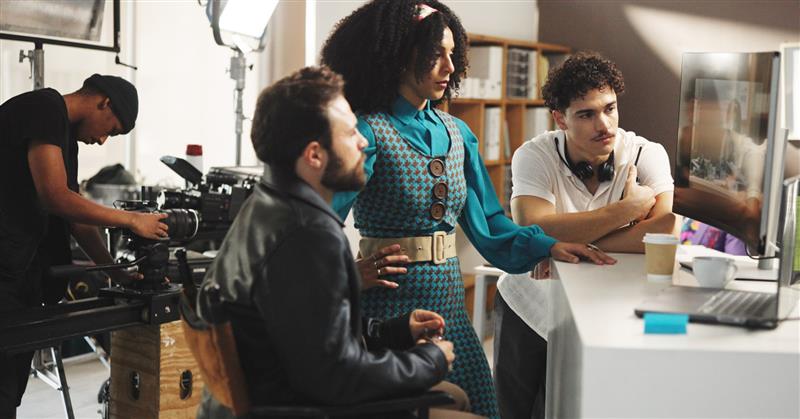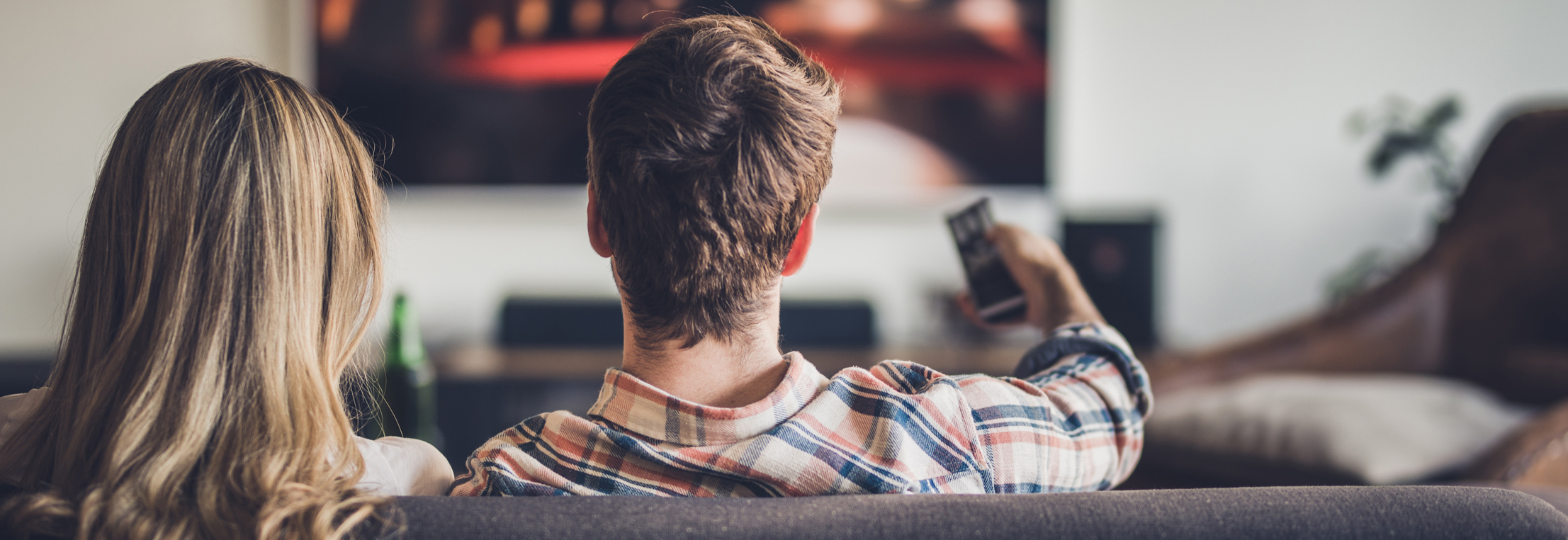Travel Soars Once More
The numbers are in: Over this year’s Labor Day holiday, the US Transportation Security Administration (TSA) screened a total of 8.76 million passengers who flew to near or far-flung destinations between Friday, September 2 and Monday, September 5. It was the first time TSA screening volume exceeded numbers clocked in 2019, when 8.24 million people passed through checkpoints. Airline apps are also being downloaded in record amounts. Case in point: Despite the fact that only 63% of Qantas, Virgin Australia and Jetstar flights arrived on time in June, all three apps enjoyed an increase in downloads, along with more time spent on them by Australian consumers. This is significant, because it marks a return to normal travel following the pandemic that effectively halted movement around the world. Here’s what else you need to know.
Making a Comeback
Travel is back—in some cases with a vengeance. Brands within the sector are enjoying an upswing in business as consumers pursue “revenge travel,” or the act of taking trips despite potentially limiting factors like high airfare prices, because they’re starved for vacations and making up for lost time. In fact, American trips to Europe were expected to increase by a whopping 600% this summer compared to last year, according to Allianz Partners. Consumers are also blending business and leisure trips in what’s now being dubbed the “bleisure” travel trend, which spells great news for airlines, hospitality groups and booking sites. “At the moment, we’re seeing a robust amount of travel,” said Mark Weinstein, chief marketing officer at a Virginia-based Hilton hotel. Online companies like Booking.com and Vrbo recently invested in late-summer promotional campaigns, while RV rental company Outdoorsy released an ad promoting RV trips as more affordable and accessible than staying in hotels or flying by air.
Ad spending, meanwhile, is likewise keeping pace. Advertising dollars dedicated to travel grew from $1.2 billion in the first quarter of 2021 to $2.1 billion during the same time this year, marking an 83% year-over-year surge. By comparison, ad spend only hit $694 million during the first part of 2020, according to Media Radar. Today’s brands are pouring funds into national print media, websites and social sites including TikTok, Snapchat and YouTube. Notably, television spots are enjoying their time in the sun. “There are bigger TV budgets, so we’re seeing the reemergence of that messaging that probably always had been in digital at some level, come back into more linear and broadcast mass media communications,” said Robert Silver, VP at Razorfish. The Interactive Advertising Bureau (IAB) predicts that travel marketers will spend 27% more on media than they originally projected during the second half of this year. “Travel, which had not been up, is one of the categories that’s still up,” said Silver. “There’s a lot of competition and investment certainly coming into the marketplace.”
Unique Experiences
In order to remain competitive, brands are coming up with novel methods of standing out from the pack by diversifying their experiential offerings. In July, Hilton unveiled a new campaign called “It Matters Where You Stay,” featuring celebrity influencer Paris Hilton, great-granddaughter of hotel founder Conrad Hilton. In her signature “more is more” fashion, Hilton describes booking a connecting room so she has space to store her expansive collection of matched luggage—but acknowledges with tongue-in-cheek humor that such accommodations are also ideal for families. A second spot sees Hilton debate whether to take her dogs on a business trip; she finally brings them thanks to the hotel’s pet-friendly policy. The full campaign includes 13 commercials launching in the US before expanding to the UK, along with select Asia-Pacific and Middle East markets. It also includes components on print, out-of-home and social channels, such as Facebook, Instagram, TikTok and Twitter.
The flip side to this luxury activation? Pabst Blue Ribbon (PBR), the lager beer sold by Pabst Brewing Company, which joined forces with the historic Grand Traverse Motel in Michigan to create an immersive experience for guests featuring PBR-themed accommodations. Three rooms at the roadside motel are decorated in unique styles and dubbed Dive Bar, Arcade and Rec Room, as part of the brand’s new “Pabst Is the Place” platform meant to reinvigorate travelers. Décor evokes the 1970s and ‘80s, tapping into ever-popular nostalgia elements and harkening back to the beer brand’s glory days. “We were looking for a campaign that embraced the classic qualities of PBR, but would be aspirational for fans both new and old,” said Rachel Keeton, marketing director. “The motel becomes the place, evoking that comfortable and timeless feeling of PBR for visitors to experience firsthand.”
Loyalty Pays Perks
Loyalty has long played a role in the marketing put out by travel brands. Years ago, when online agencies like Expedia first popped on the scene, hoteliers devised plans to lure customers back to their websites by offering programs that promised incentives such as discounted room stays, free meals or complimentary amenities. Now the tides have turned, and online travel groups like Expedia are debuting their own insider clubs. Called One Key, Expedia’s novelty loyalty program enables customers to earn rewards and points across the site’s expansive array of brands, which includes Hotels.com, Orbitz, CarRentals.com, Travelocity, Trivago and Vrbo, among others. In other words, “Points earned on a Vrbo stay could be used on an Expedia flight,” said Jon Gieselman, president of Expedia brands. With this move, Expedia is pushing its family of brands as a “safe place to get a great deal,” according to Lorraine Sileo, analyst at travel research firm Phocuswright. “It’s chaotic out there, and you’re worried about pricing, safety and whatnot.” The solution? Become a member.
IHG Hotel & Resorts likewise launched its revamped loyalty program in August, with accompanying work that premiered in the US and UK that month and will roll out globally by end of year. The members-only platform, IHG One Rewards, unites the chain’s 17 brands and 6,000-plus hotels, playing up to the fact that when you’re part of this loyalty program, you’re treated like royalty. “When you look around, it’s hard not to notice that travelers are increasingly left to fend for themselves, and that’s simply not what being a guest should feel like,” said Claire Bennett, global chief customer officer. “We’re here to take care of all of you.” Accompanying 15- and 30-second spots show customers relaxing poolside or lavishing in plush beds while surrounded by over-the-top arrays of sweets and treats. Social media components include activations on TikTok, Instagram, Twitter, Pinterest and Facebook, along with ads appearing on billboards, murals and subway stations.
Following some start-stop moments that arose during the waning days of the pandemic, travel now seems to be on a firm upward trajectory, accompanied by ad dollars. Brands are searching for novel experiences plus tried-and-true loyalty programs to lure vacation-starved jetsetters back to their properties, websites, and flights, while marketers seek to invest in campaigns that grab and hold consumers’ attention. We’ll keep an eye on whatever travel trends may pop up next. In the meantime, happy trails!
.jpg)
.jpg)



